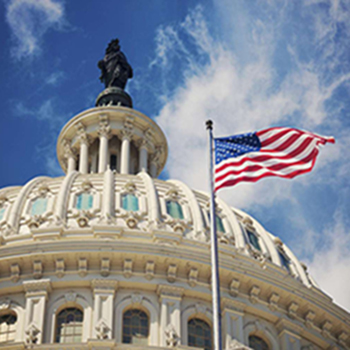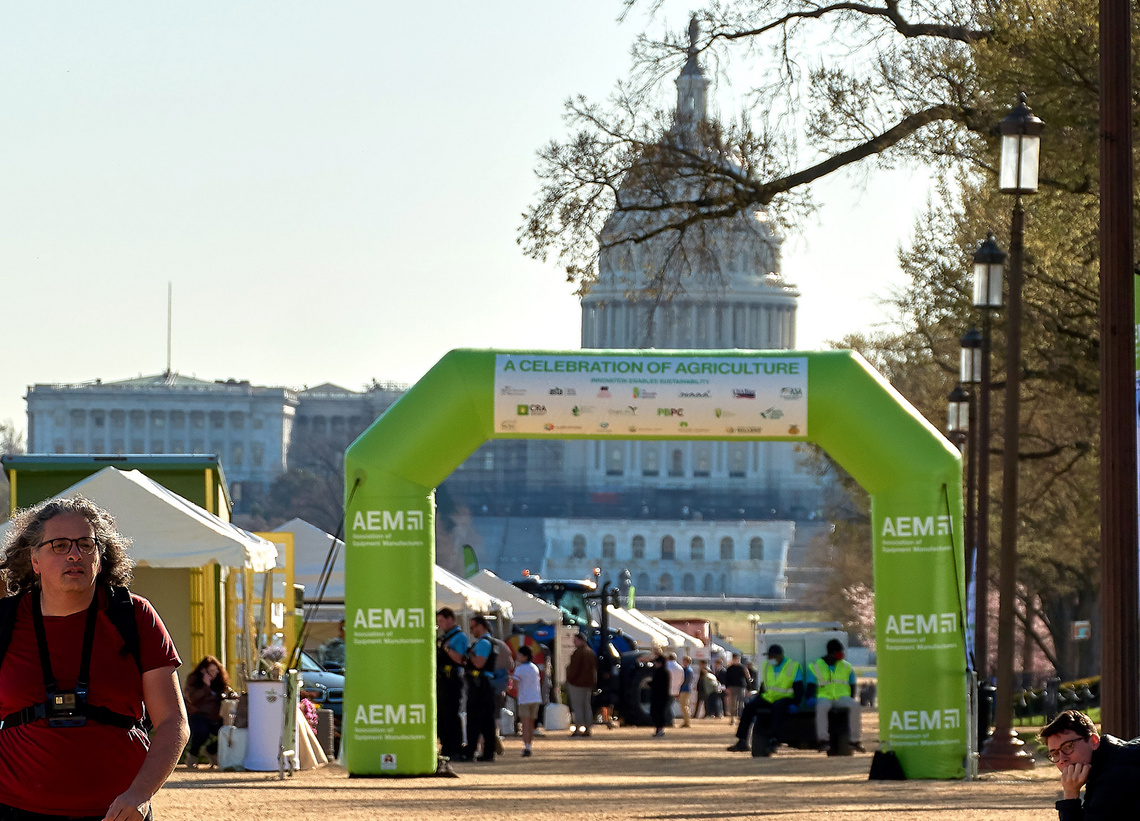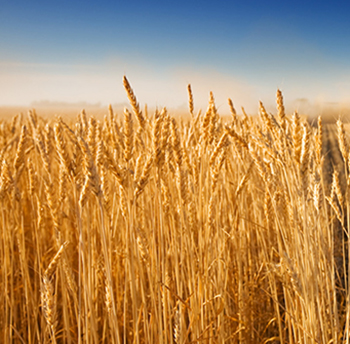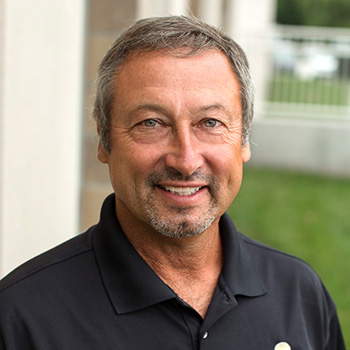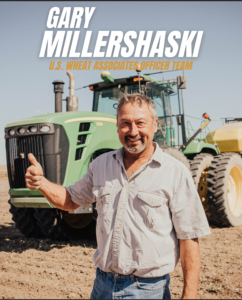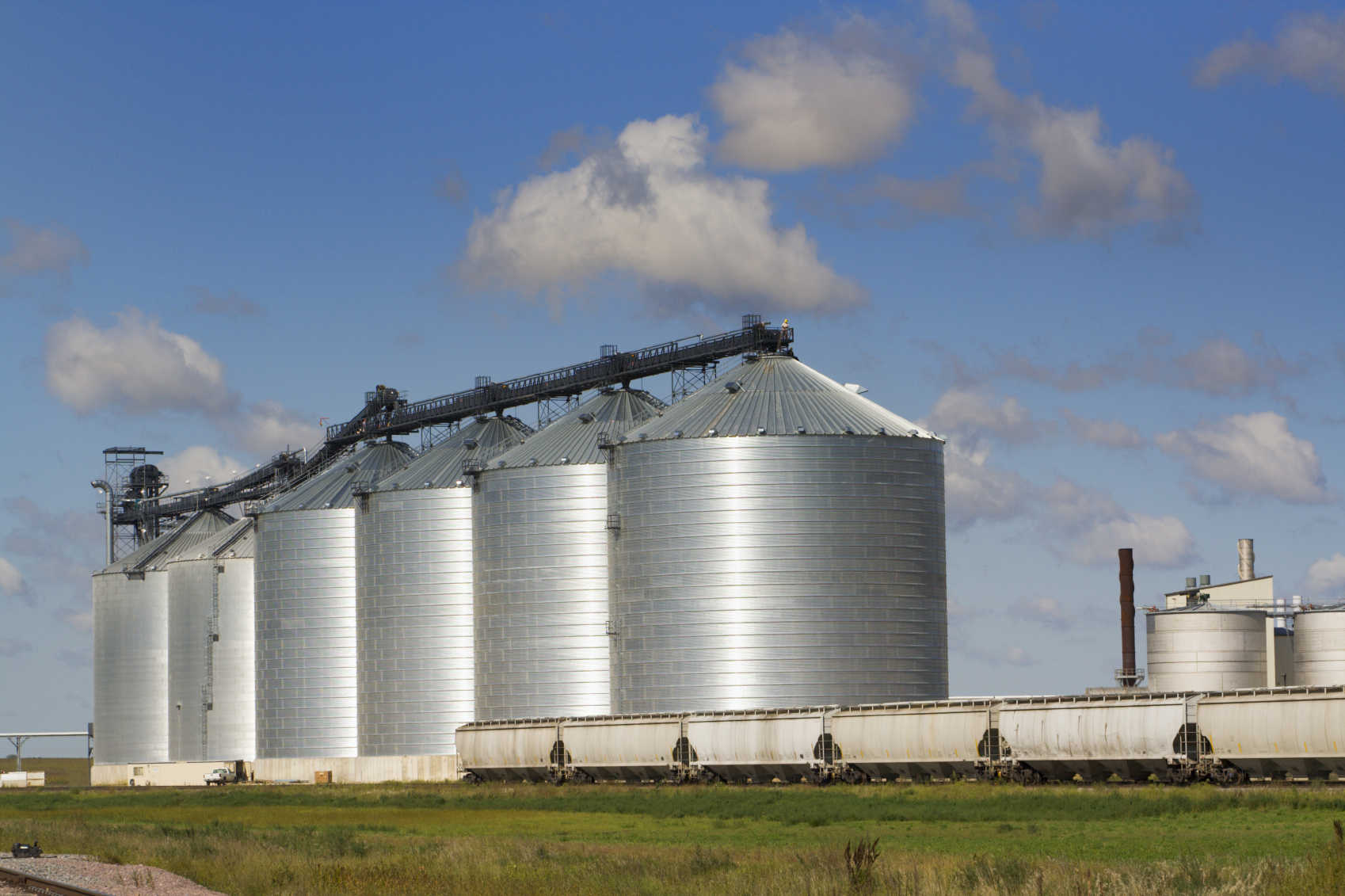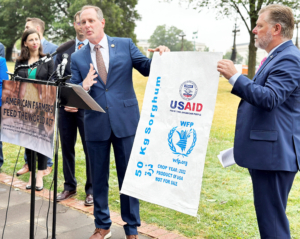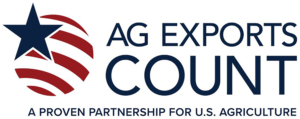SINGAPORE — U.S. Wheat Associates (USW) announces a new addition to its team in its regional Singapore Office. Sam Yap joins the organization this month as a bakery technician with a regional focus in South and Southeast Asia.
“We are excited to welcome a talented baker with valuable industry experience and insight to support customers in markets where demand for high-quality U.S. wheat continues to grow,” said Joe Sowers, USW Regional Vice President for South and Southeast Asia. “USW has a strong legacy of dependable technical service in this region led by Roy Chung. With Roy as their mentor, Sam joins Ivan Goh and Adrian Redondo in carrying on that exceptional work into the future.”
“I am excited to join the U.S. Wheat Associates team and use my skills and experience to support the increasing demand for high-quality U.S. wheat in South and Southeast Asia,” said Yap.

Sam Yap, Bakery Technician, U.S. Wheat Associates.
Head Baker
Nearly a decade of experience in high-end bakeries and hotels equips Yap to have an immediate impact on the region. Most recently, he spent five years at Keong Saik Bakery in Singapore, a leading traditional Chinese bakery. As head baker of the bread team, Yap was involved in all aspects of bakery production and management—experience that will help him relate to and understand the needs of U.S. wheat customers.
Yap has a diploma in culinary skills from SHATEC – Singapore and is currently working toward a diploma in applied science focused on nutrition and food science at Republic Polytechnic. In addition, Yap has completed several courses and certifications across South Asia, further developing his skills and knowledge of breads, pastries, baking with kefir probiotics, and more. In addition to his professional experience, Yap is fluent in Mandarin, Bahasa, and English.
South and Southeast Asian Wheat Exports
Major wheat markets in USW’s South and Southeast Asian region include the Philippines, Indonesia, Thailand, Vietnam, Malaysia, Singapore, Myanmar, and Sri Lanka. At the end of the 2023/24 marketing year, U.S. wheat commercial sales to the region totaled 4.5 million metric tons of hard red spring, soft white, hard red winter, and soft red winter wheat, representing 24% of total U.S. commercial sales.
U.S. Wheat Associates’ (USW) mission is to “develop, maintain, and expand international markets to enhance wheat’s profitability for U.S. wheat producers and its value for their customers.” USW activities in more than 100 countries are made possible through producer checkoff dollars managed by 17 state wheat commissions and cost-share funding provided by USDA’s Foreign Agricultural Service. USW maintains 15 offices strategically located around the world to help wheat buyers, millers, bakers, wheat food processors and government officials understand the quality, value, and reliability of all six U.S. wheat classes. For more information, visit www.uswheat.org.


